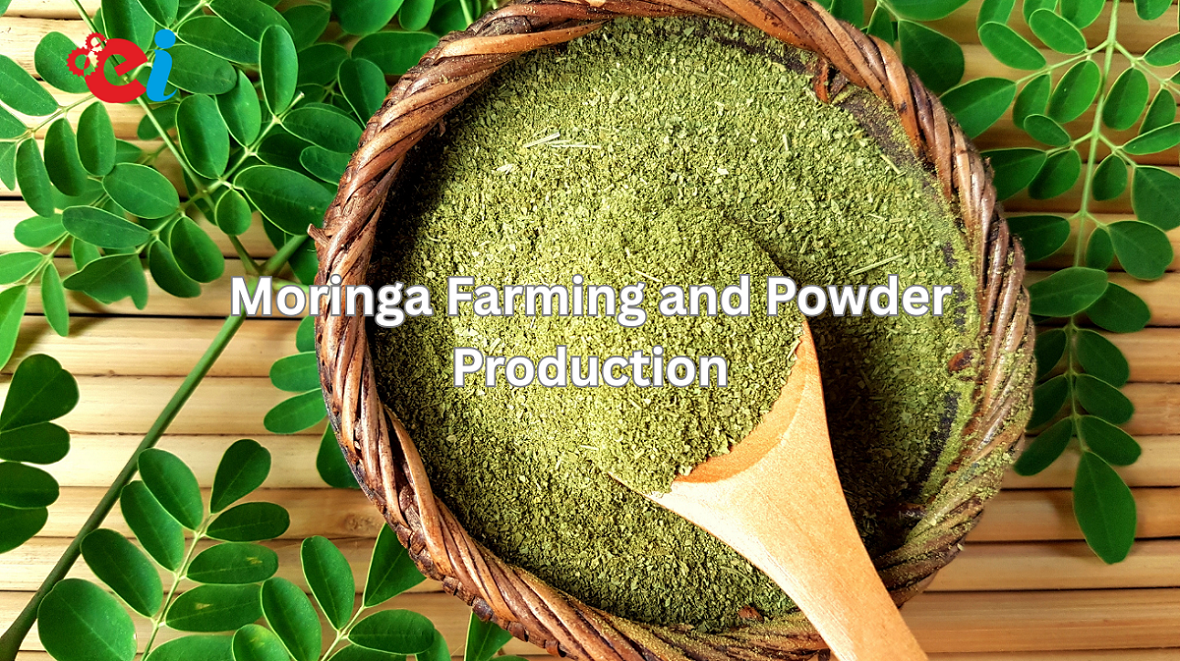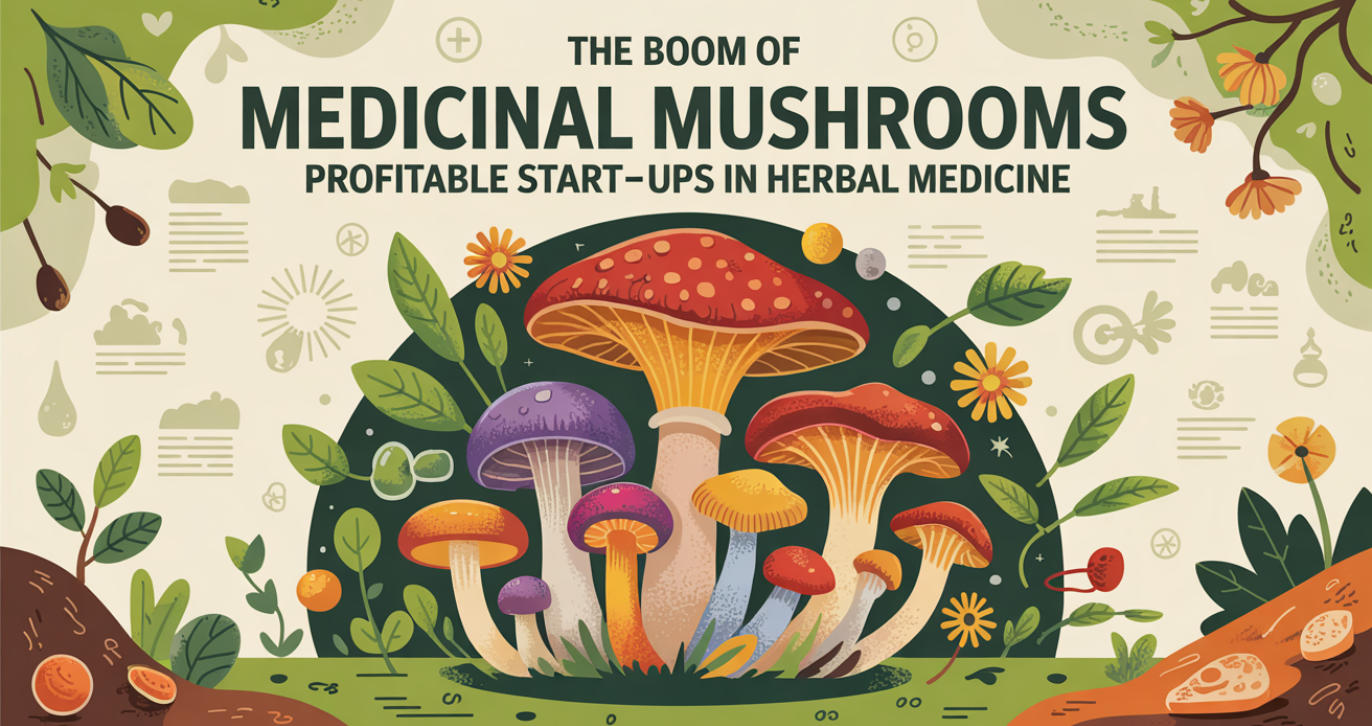The processed food industry in India has come of age with consistent demand, thanks to factors such as urbanization, changing patterns of living, and the need by consumers for ease. One of the segments that have been a great contributor to this growth, entrepreneurs of ready-to-eat foods manufacturing, have proved quite essential by providing fast, affordable and quality meals that are sustainable to the fast-changing population of the country. This picture of optimism and the marriage of fresh food and science is indeed bringing about revolutions in the consumption of food ever seen in India.
The Evolution of Ready-to-Eat Food in India
The idea of ready-to-eat food manufacturers has changed the entire behaviour around married people in India. And this segment has emerged as a powerful focused consumer segment in the processed food industry in India by targeting working professionals in nuclear or even single-family setups, who often find themselves at the crossroads of work and benefits of home-cooked food. It has a value for self concerning her society of hope and the synonym of hope is food, easily accessible food.
Some of the factors contributing towards the proliferation of ready-to-eat food manufacturers include:
- Greater Population Mobility: Urbanization in India has resulted in a higher percentage of ready-to-eat consumers.
- Time Constraints: A large working population with a high range held in bounds of limited time for food preparation.
- Food Appreciation: Understanding and appreciating the cuisines of various cultures leads to better options in the market.
- General improvements: Advances in food technology with particular reference to processing, preservation and packing.
- Improved Supply Chains: Overall improvement in product reach both within brick-and-mortar outlets and electronic commerce.
Leading Ready-to-eat Eat Food Manufacturers in India
In this context of packaged food manufacturing companies in India, most of them have succeeded in consolidating their leadership positions owing to the wide range of products they offer, strong brands, and capability to lure their customers to new and better products. Let us proceed to analyze some of the top players in the industry:
Haldiram’s
Being in the business for such a long time, it has become evident that Haldiram’s is a trustworthy name when it comes to Indian snacks and meals. The ready-to-eat food includes some of the popular Indian cuisines which include Food Hong Kong’s Dal Makhani, Rajma Chawal, and Pav Bhaji.
ITC Foods
ITC Foods bridges the gap between luxury meal offerings and convenient food through its Kitchens of India brand. The range includes vegetarian and non-vegetarian meals with availability in both domestic and international confines.
MTR Foods
MTR is predominant for RTE food options, particularly in South Indian flavours with a range including rasam, sambar and payasam. Such commitment to focus on authentic taste has propelled them to be the leading processed food industry in India.
Tata Consumer Products
With an upscale Ready To Eat Food portfolio inspired by the various cuisines of India, The Tata Q brand aims to appeal to the youth’s appetite for adventure and premium quality opportunities.
Nestle India
Particularly familiar with Maggi, Nestle expanded into other ready-to-eat food lines such as ready-to-serve pasta and poha as ready-to-eat food as per Indian taste.
These firms have led the processed food industry in India by developing effective solutions for modern quality and exercise-sensitive consumers.
Popular Categories of Ready-to-Eat Food
The food packaging manufacturing companies in India have a wide range of offerings depending on the event and the people’s preferences. Below are some of the most popular ready-to-eat food offerings:
1. Curries and Gravies
Indian dishes such as butter chicken, palak paneer and dal tadka are packed and ready to eat with the same taste and smell.
2. Rice and Biryani
The quick and convenient closed biryani bowls, pouch meals or frozen starter dishes have all become everyday essentials for the working women class.
3. Breakfast Items
In the morning, meal replacement products such as upma, poha and idli-sambar kits have become very popular.
4. Snacks and Appetizers
Ready-to-eat foods manufacturers focus a lot on snacks ranging from frozen samosa to ready-to-cook pakoras.
5. Global Cuisines
There is an increasing popularity of foreign cuisines such as pasta and noodles in the urban populations due to the widening global exposure. This goes ahead to indicate the creative aspect, which is also contributing to promoting the processed food industry in India.
Challenges Faced by Ready-to-Eat Food Manufacturers
Notwithstanding the promises and prospects presented by the growth potential of the ready-to-eat food manufacturer, the industry suffers from some challenges:
- Quality Control: Concerning all aspects of design, production and use. All the finished products should meet the same taste and texture standards as well as be hygienically prepared. Always.
- Cold Chain: The reach of the product range has to be increased with the corresponding expansion of the storage capacities as well as effective control over the in-store distribution of the products.
- Consumer Behaviour: Educating the old customers about ‘ready to eat food’ that does not compromise the taste or health.
- Cost Issues: Offering the same quality low-cost products raises a question on margins.
- Sustainable Packaging: Controlling the packaging waste by using green packaging.
All these conditions should be fulfilled by the ready-to-eat food manufacturers as they cannot afford to fall back into competition and be complacent.
Opportunities for Packaged Food Manufacturing Companies
There is optimism for all the companies involved in packaged food manufacturing companies anywhere processed food industry in India. Key areas include:
- Offering New Products: Providing healthy plant-based alternatives to health-conscious eaters.
- Geographic Development: Entering other chains in the regions where the demand for convenience foods grows, for example, tier 2 and tier 3 cities.
- Exploitation of the Internet: Associated with the mobilization of goods where people can get online and order for the products.
- Medical Foods: This includes products that are fortified with specific nutrients for them to cater for a particular clientele.
- Modifications: Smaller main meal portions or single-serve packs for family breads or flats.
By considering these trends, there is a scope for additional expansion for ready-to-eat food manufacturers.
Future of Ready-to-Eat Food in India
The sector of convenience and ready-to-eat food manufacturers will continue to lead the processed food industry in India in the coming years. Given the several factors including technology, logistics, and consumer awareness, this sector is expected to grow at a rate of 10% and over every year.
Some of the key trends that will shape the future consist of:
- Enhanced Health Considerations: More emphasis is placed on organic, gluten-free and calorie-controlled ready-made meals.
- Premiumization: Introduction of gourmet-ready-to-cook meals targeting the rich class population.
- Technological Advancements: Employing machines artificial intelligence and data science analysis concerning the buying behavior of consumers and improvement of the supply chain.
- Environmentalism: Adapting to sustainable development policies to win over the green consumers.
Conclusion: Ready-to-Eat Food Manufacturers at the Helm of Change
The emergence of ready-to-eat food manufacturers indicates that the processed foods industry in India has come of age. Thanks to the unique mix of traditional values infused with modern-day inventions, packaged food manufacturing companies are changing the perception towards food in India offering easy-to-use solutions without altering the taste and quality.
The changes brought about by these manufacturers will also help willingly in the ready-to-eat revolution in packaged foods in India as it will still be needed by the ever-changing populace.









